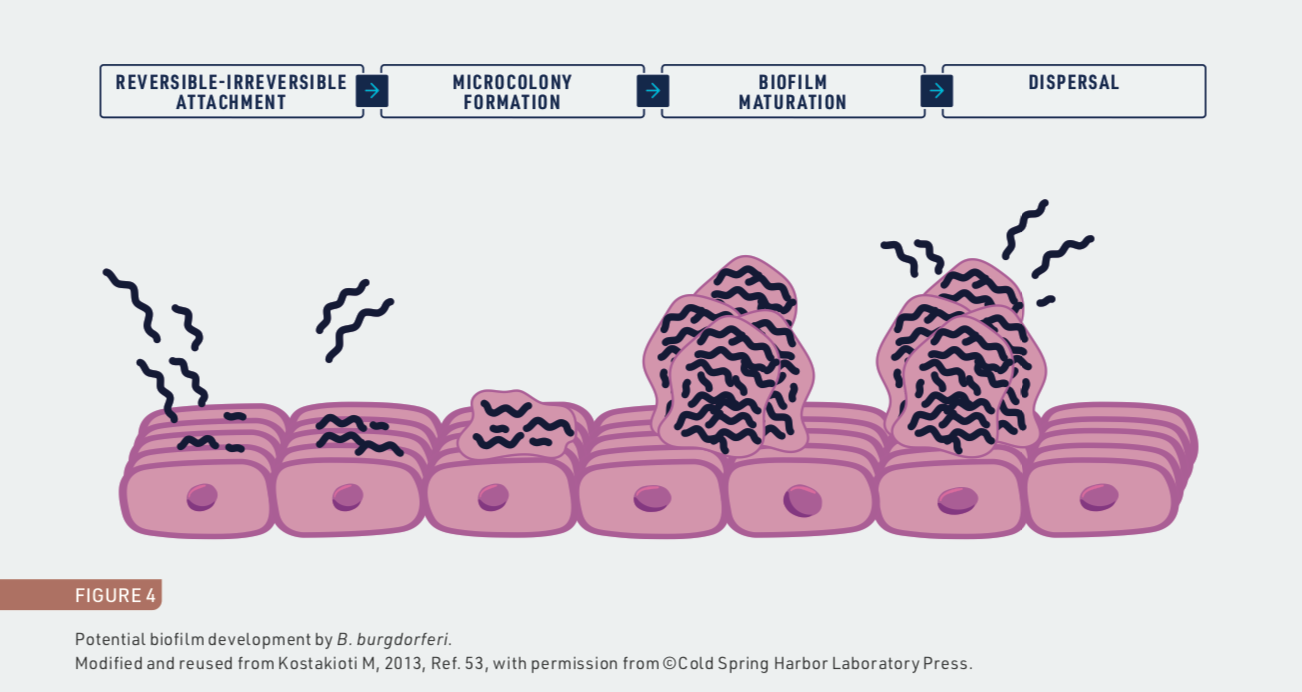Persister Bacteria & Lyme Disease: A Connection?
The GLA Science Team is pleased to present you with Volume 2 in our white paper series titled, Persister Bacteria & Lyme Disease: A Connection?
Lyme disease is caused by infection by Borrelia burgdorferi bacteria, and antibiotic therapy is the recommended treatment. But some people continue to be sick even after antibiotics. Are persisting bacteria responsible for their symptoms? This in-depth look at the science describes current research in this subject, and weighs the evidence for and against continued bacterial replication.
Why are some still sick with Lyme disease even after antibiotic treatment?
Among those diagnosed and treated in the acute stages of the disease, 10% to 20% continue to suffer chronic, even debilitating, symptoms which can last 6 months or more. Researchers do not clearly understand what causes this, but suspect antibiotic-tolerant ‘persister’ bacteria.
This paper will:
- Look at current research on this subject
- Weigh the evidence for and against persister bacteria
- Describe different morphological forms of B. burgdorferi, the bacterial cause of Lyme disease

Are the chronic symptoms of Lyme disease due to bacterial replication?
GLA’s science team reviews recent findings related to B. burgdorferi replication, persistence, and antibiotic tolerance. Studies of other chronic bacterial infections, biofilms and the efficacy of antibiotic treatment for long term symptoms are also discussed.